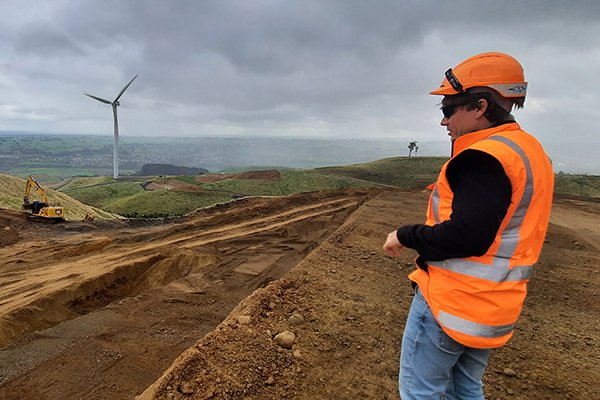In a significant development, Sam Bankman-Fried, co-founder of FTX, finds himself in custody after a federal judge revoked his bail over suspicions of witness tampering. US District Judge Lewis A. Kaplan’s decision followed a hearing in Manhattan that has underscored the complex legal landscape surrounding the embattled crypto mogul.
During the hearing, Bankman-Fried removed his jacket, tie, and shoelaces before being placed in handcuffs as marshals led him away from the courtroom. His mother’s tears in the public gallery were met with comfort from Bankman-Fried’s father, highlighting the emotional gravity of the situation.
The judge’s decision stems from his belief that Bankman-Fried likely attempted to influence two witnesses, former Alameda Research Chief Executive Officer Caroline Ellison and the former FTX general counsel. Kaplan argued that Bankman-Fried aimed to have them “back off” and “hedge their cooperation” with the government. While the defense immediately filed an appeal over the bail revocation, their application to stay Kaplan’s order was unsuccessful.
Bankman-Fried’s detainment means he will remain incarcerated while his legal team seeks to reverse the revocation in the 2nd US Circuit Court of Appeals. Following the court proceedings, he is expected to be transferred to the Metropolitan Detention Center (MDC) in Brooklyn, a prominent federal prison for defendants awaiting trial. The MDC’s detainment history includes notable figures such as British socialite Ghislaine Maxwell.
Prosecutors had requested the bail revocation, alleging that Bankman-Fried leaked documents to discredit Ellison, a key government witness. The leak was believed to be an attempt at witness tampering. The recent legal developments are rooted in a New York Times story that quoted personal diary notes made by Ellison on Google Docs, which Bankman-Fried allegedly accessed and shared with the media.
Bankman-Fried’s legal battles and the subsequent bail revocation have sparked discussions about the limits of speech protection when intent could lead to criminal activity. The case raises questions about the extent to which speech intended to influence witnesses or manipulate evidence is shielded by free speech rights.
The circumstances surrounding Bankman-Fried’s case reflect the intersection of legal and technological complexities, with implications that extend beyond the world of cryptocurrency. As the case unfolds and the legal system navigates these intricate issues, the boundaries of speech protection, witness tampering, and due process remain at the forefront of legal debates.














